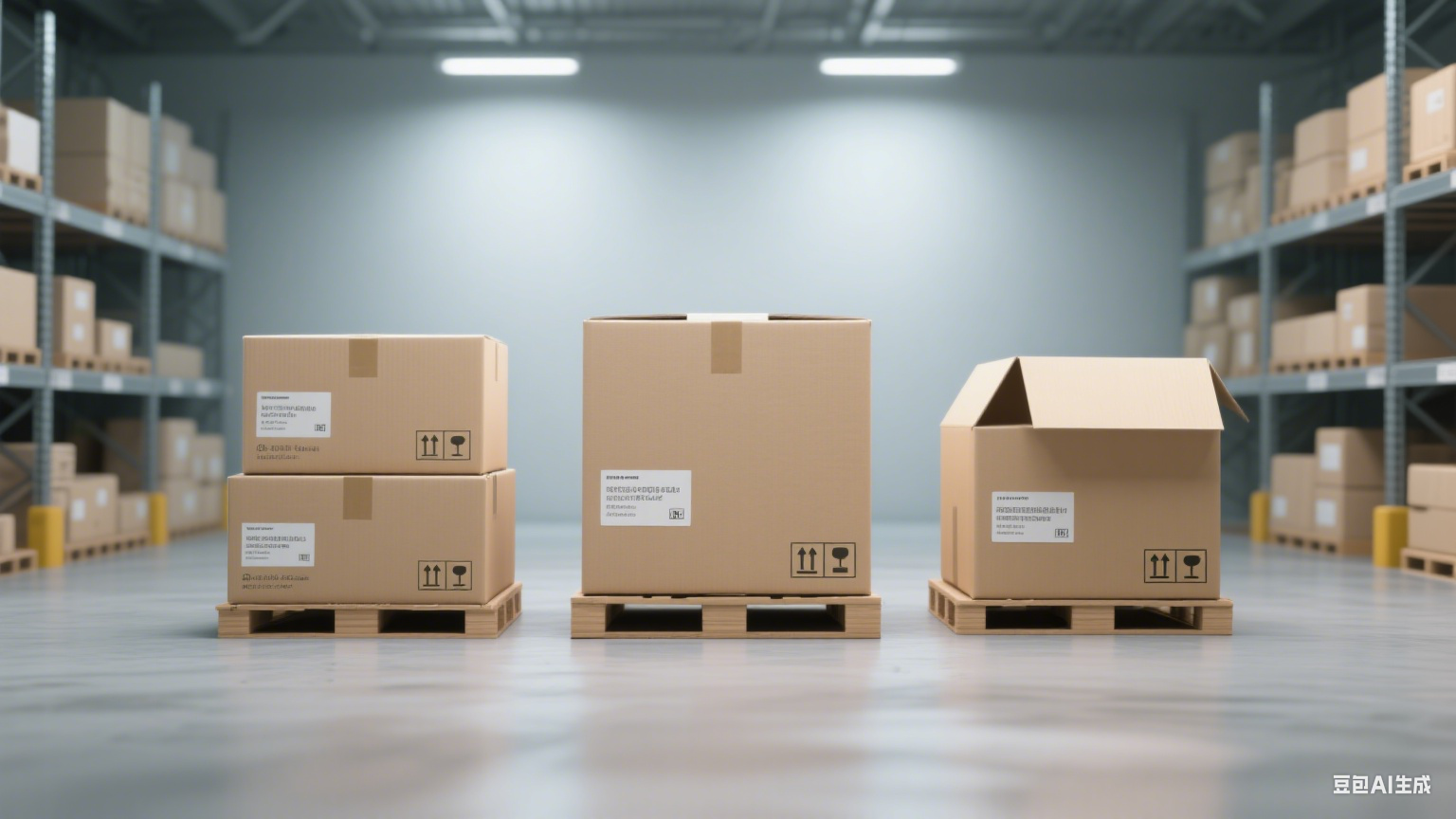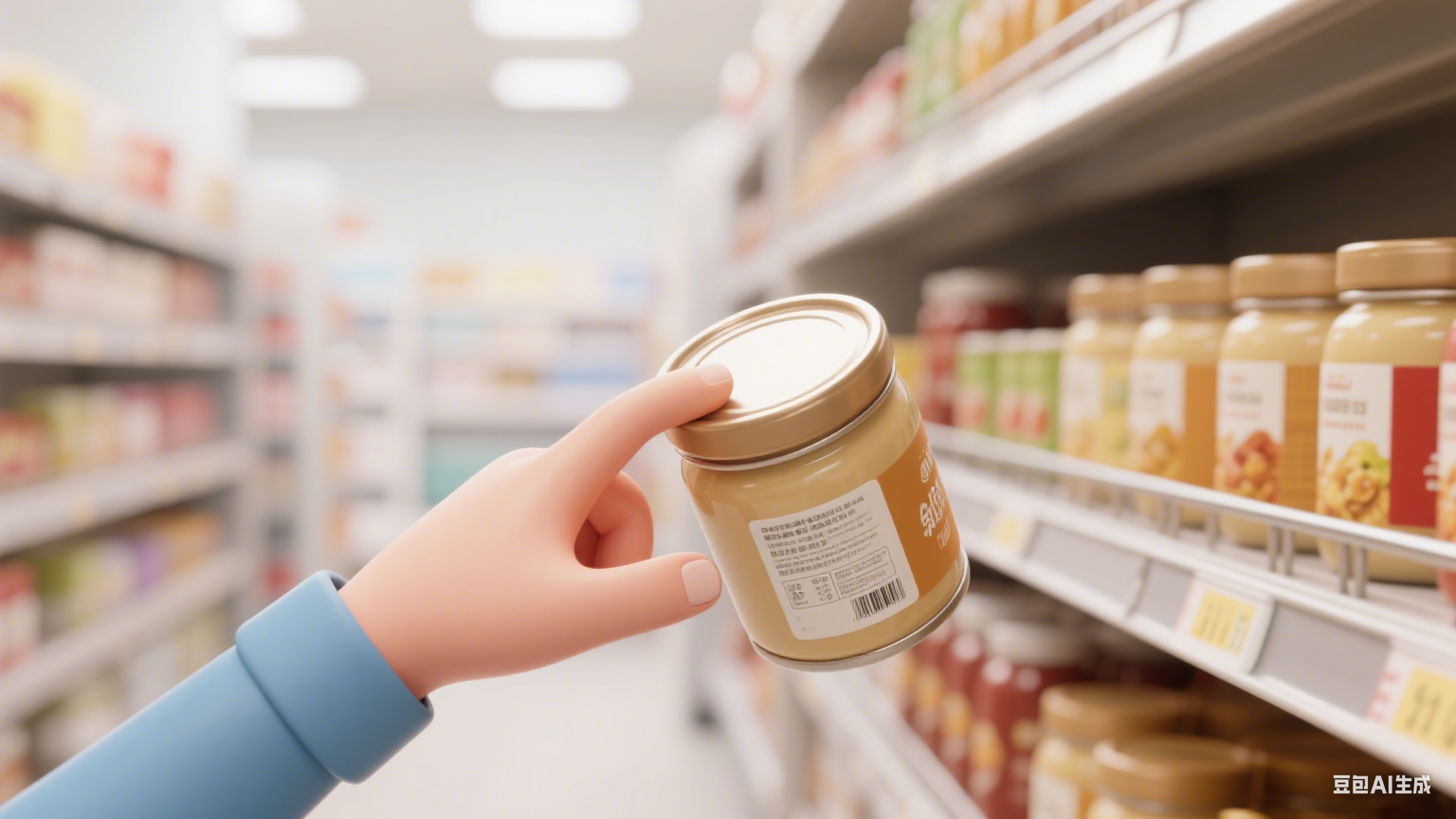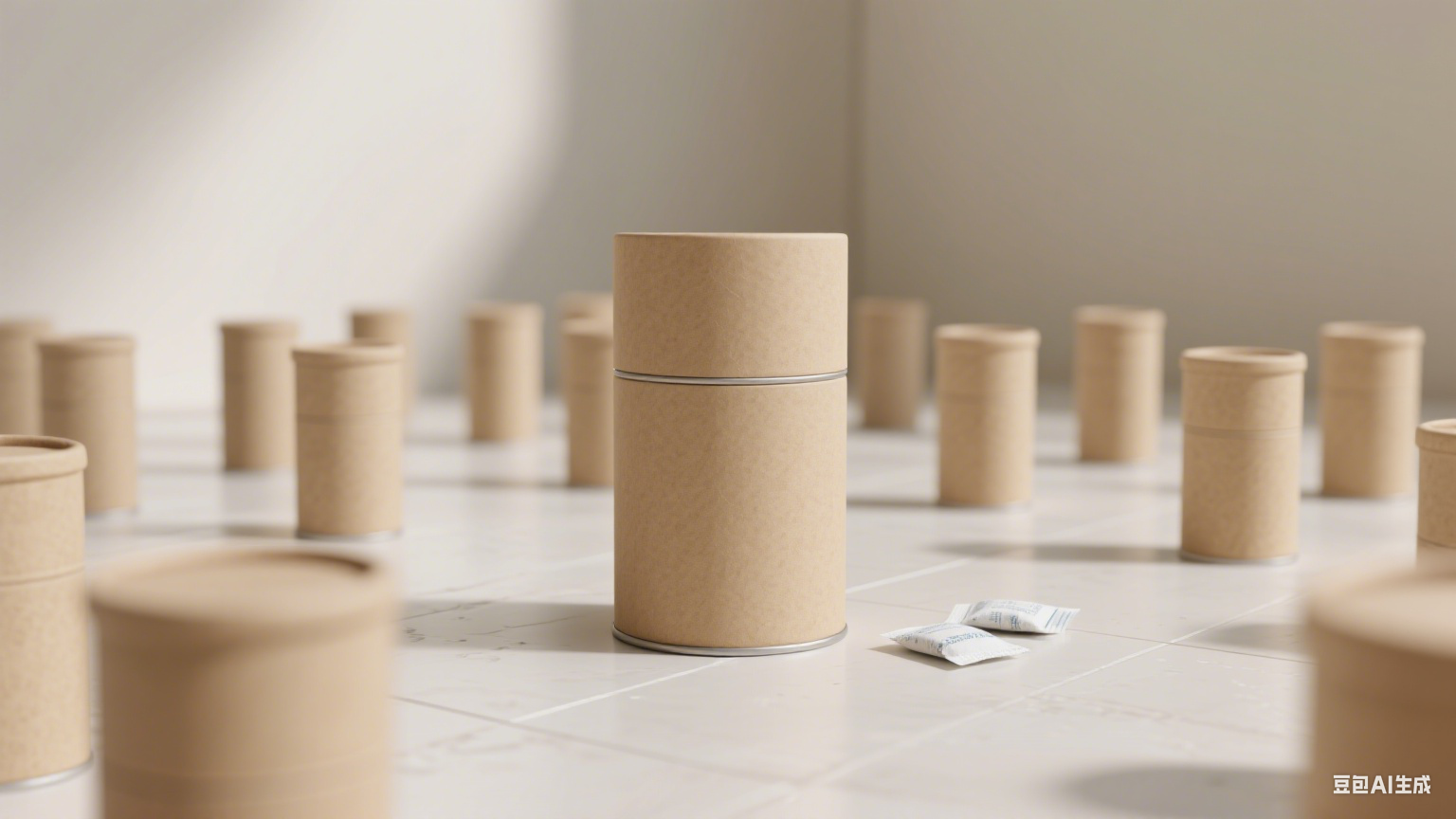
 TikTok Service
TikTok Service
 Facebook Service
Facebook Service
 RedNote Service
RedNote Service
 Amazon Service
Amazon Service
**
(Photo caption: A collection of real-life packaging cans placed on a kitchen shelf and a pantry counter. There are metal cans for coffee, plastic cans for snacks like nuts, and paper cans for tea leaves. Some cans are labeled with "airtight" and "moisture-proof" logos, showing their practical storage uses in daily life.)
Packaging cans are widely used containers for storing food, beverages, and even non-food items like cosmetics or small tools. Their design focuses on protection, preservation, and convenience. Let’s explore the key aspects of packaging cans: materials, common types, and usage tips.
The material of a packaging can directly affects its suitability for different items. Here are the three most popular materials:
**
(Photo caption: From left to right: A shiny metal can (labeled "rust-resistant, ideal for coffee"), a transparent plastic can (labeled "BPA-free, for snacks"), and a cylindrical paper can (labeled "recyclable, for tea"). Each can is paired with its typical stored item to show material-match use.)
Features: Durable, excellent sealing, and resistant to external pressure. Most are coated with a food-safe layer inside to prevent metal contact with contents.
Best for: Coffee, canned fruits/vegetables, and powdered foods (like milk powder) that need long-term freshness.
Features: Lightweight, shatterproof, and often transparent (easy to check contents). High-quality ones are BPA-free (safe for food).
Best for: Snacks (nuts, cookies), cereal, and small daily items (cotton pads, hair ties) due to their portability.
Features: Eco-friendly, recyclable, and lightweight. Usually lined with a plastic or aluminum layer inside for moisture resistance.
Best for: Tea leaves, spices, and dry goods (like rice) that require a dry environment but not heavy protection.
For moisture-sensitive items (coffee, tea): Choose metal or plastic cans with airtight lids to keep out humidity.
For fragile or heavy items: Opt for sturdy metal cans to avoid damage.
For eco-conscious needs: Paper cans are the best recyclable choice.
A good packaging can must have a tight seal. When buying, press the lid gently—if it doesn’t pop or leak air, it has good sealing (critical for keeping food fresh).
**
(Photo caption: A close-up of a plastic can lid being tested for sealing. A hand presses the center of the lid, and a "sealed" label is shown next to it. Another image shows a metal can lid with a rubber gasket, highlighting the sealing component.)
Wash new plastic or metal cans with warm soapy water, then dry thoroughly. Paper cans only need a quick wipe inside (avoid getting the paper wet) to remove dust.
Always close the lid tightly right after taking out contents. For metal cans with pull-tabs, use a canister lid (if included) to reseal after opening—this prevents food from going stale.
Keep metal cans away from water to avoid rust.
Plastic cans should not be placed near high heat (like stovetops) to prevent deformation.
Paper cans need a dry area to avoid getting damp and soft.
**
(Photo caption: A neat pantry scene: Metal coffee cans and plastic snack cans are placed on upper shelves (away from heat), while paper tea cans are in a dry cabinet. Each can is labeled with its contents, showing organized storage.)
Guangzhou Pengqi has been dedicated to the production of mid-to-high-end cosmetic packaging containers for 16 years. Its products include various cosmetic packaging materials, acrylic packaging bottles, PET plastic bottles, ointment bottles, lotion bottles, foam bottles, spray bottles, vacuum bottles, shampoo and conditioner bottles, as well as packaging for beauty products, with a daily production capacity of over 300,000 units. It supports small-batch orders for new customers and offers a large inventory for fast delivery within 24 hours